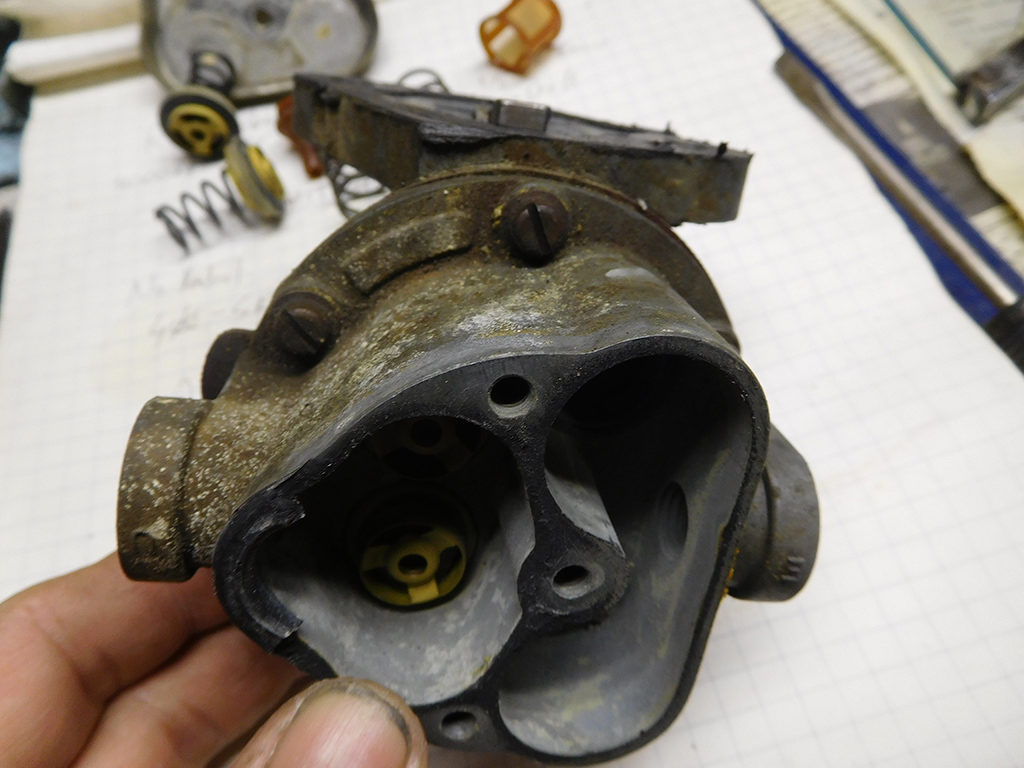House Call on a Fuel Pump
I received a call from a good customer of mine worried about a fuel leak he found under his 330 GTS, and I agreed to make a house call to see what the problem was. House calls can be problematic when the repair needs a specific tool that I won’t have. I have found no matter how prepared I am, the one tool I leave at the shop is the one I’ll need to fix the car at the customer’s shop, but I was feeling confident, so I went on the call.
Immediately starting the car, I found the fuel leak coming from the mechanical fuel pump. Since I could tell the mechanical pump had not been serviced in years, I went ahead and removed it to change the seals and gaskets. Luck was still on my side when I saw the fuel gauge showed less than 1/2 a tank of fuel. If there was a full tank of gas, it would be very difficult to remove the mechanical fuel pump at my customer’s shop without draining the fuel out of the car.
The main culprit of leak was the top gasket in the fuel pump. The rubber used for these fuel pumps from about 10 years ago is no longer compatible with the fuel we use in the US today. The rubber seems to soften and deteriorate, causing the pump to leak. It’s neat to see how once removed from the fuel pump, how the rubber shrinks in a matter of minutes after the fuel evaporates from the rubber. The new rubber that comes in the mechanical rebuild kit is supposedly compatible with the modern fuels, and I have yet to see one fail, so new gaskets were installed after I took the pump back to my shop. On a second trip back, I’ll put the pump back in the car.







